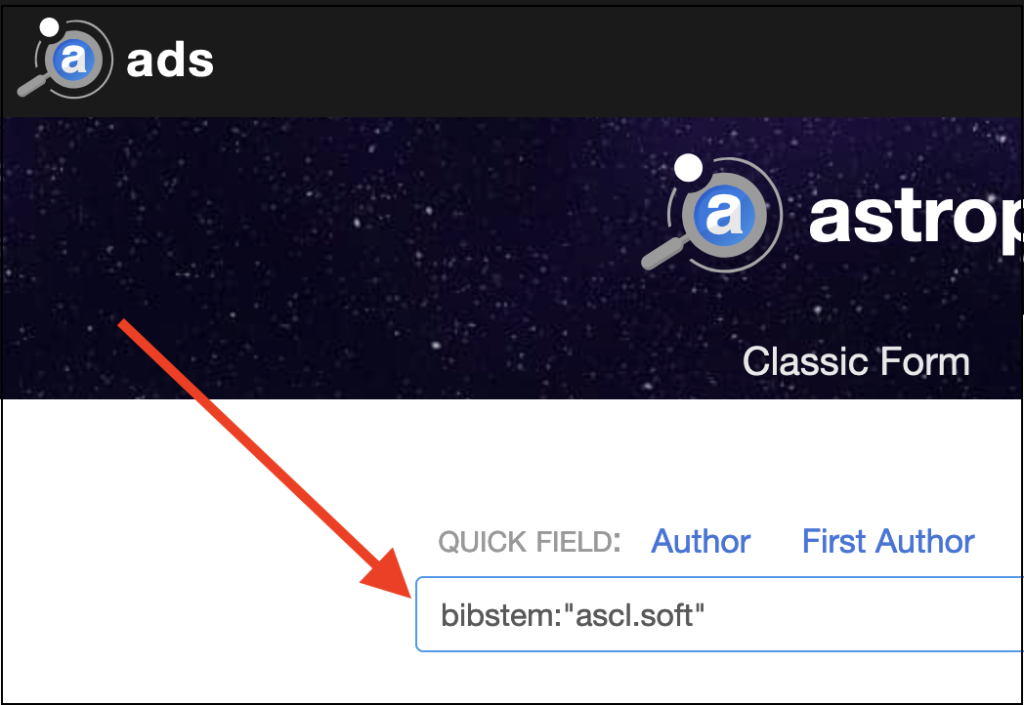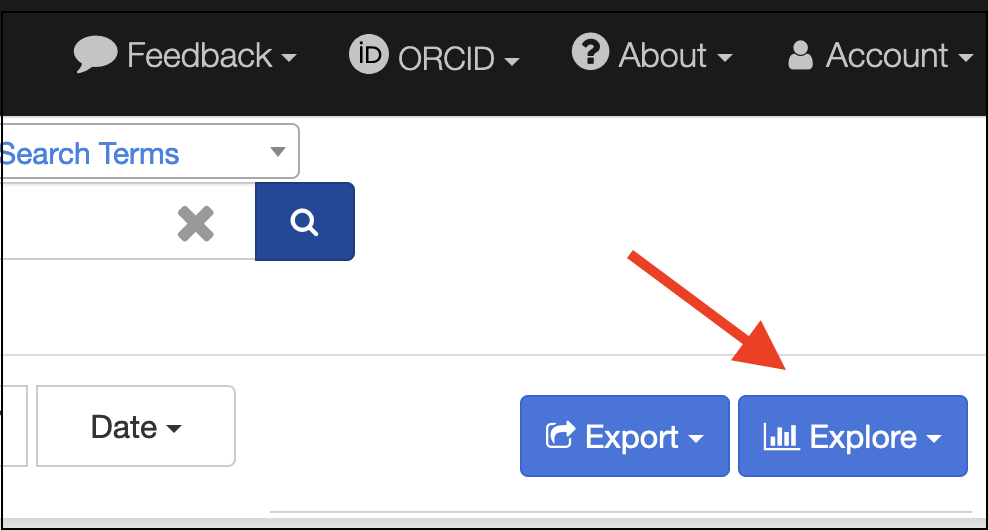Twenty codes were added to the ASCL in September, 2022:
A-SLOTH: Semi-analytical model to connect first stars and galaxies to observables
AMBER: Fast pipeline for detecting single-pulse radio transients
Cluster Toolkit: Tools for analyzing galaxy clusters
DeepMass: Cosmological map inference with deep learning
FastQSL: Quasi-separatrix Layers computation method
GaLight: 2D modeling of galaxy images
GRUMPY: Galaxy formation with RegUlator Model in Python
Herculens: Differentiable gravitational lensing
HyPhy: Hydrodynamical Physics via Deep Generative Painting
KaRMMa: Curved-sky mass map reconstruction
libTheSky: Compute positions of celestial bodies and events
PINION: Accelerating radiative transfer simulations for cosmic reionization
RAPOC: Rosseland and Planck mean opacities calculator
SCORE: Shape COnstraint REstoration
SolTrack: Compute the position of the Sun in topocentric coordinates
SpectraPy: Extract and reduce astronomical spectral data
SynPopIO: Synthetic Population of Interstellar Objects
TauREx3: Tau Retrieval for Exoplanets
URILIGHT: Time-dependent Monte-Carlo radiative-transfer
wsynphot: Synthetic photometry package using quantities

